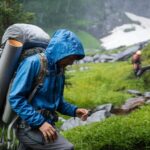How to ensure a safe and comfortable trip to the northern mountainous regions of Vietnam during the rainy season? Check out these invaluable tips below!
Stay updated with weather forecasts
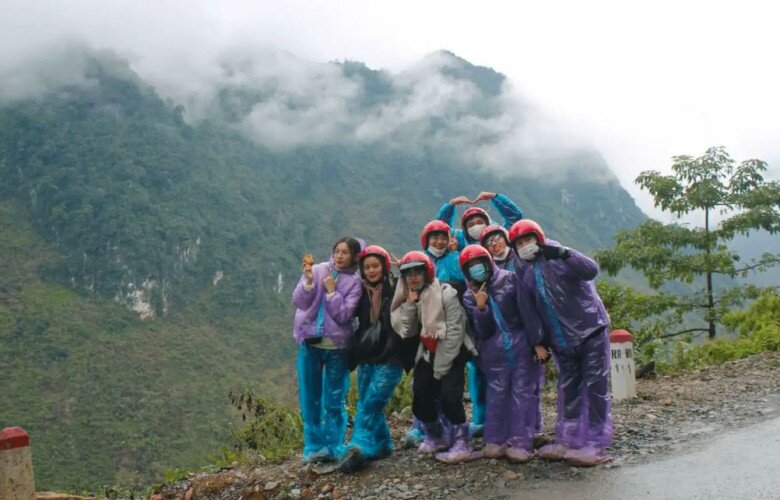
First and foremost, keep a close eye on the weather, not only at your destination but also in nearby areas. Mountainous routes tend to have higher altitudes, resulting in more significant temperature and rainfall variations compared to other regions. Thus, it’s crucial to be well-prepared for all types of weather conditions.
As 90% of the roads in northern Vietnam’s mountainous regions involve winding mountain passes, it’s essential to avoid crossing these passes during heavy rain and strong winds. If there’s a possibility of intense rain or storms, it’s best to find a safe place to wait until the weather improves before continuing your journey.
Areas with mountain peaks, bare hills, or numerous power lines are generally unsafe during rainy weather. Should the weather deteriorate, it’s advisable to remain at your accommodation or move to a designated evacuation site in the local area.
Come prepared with the right gear
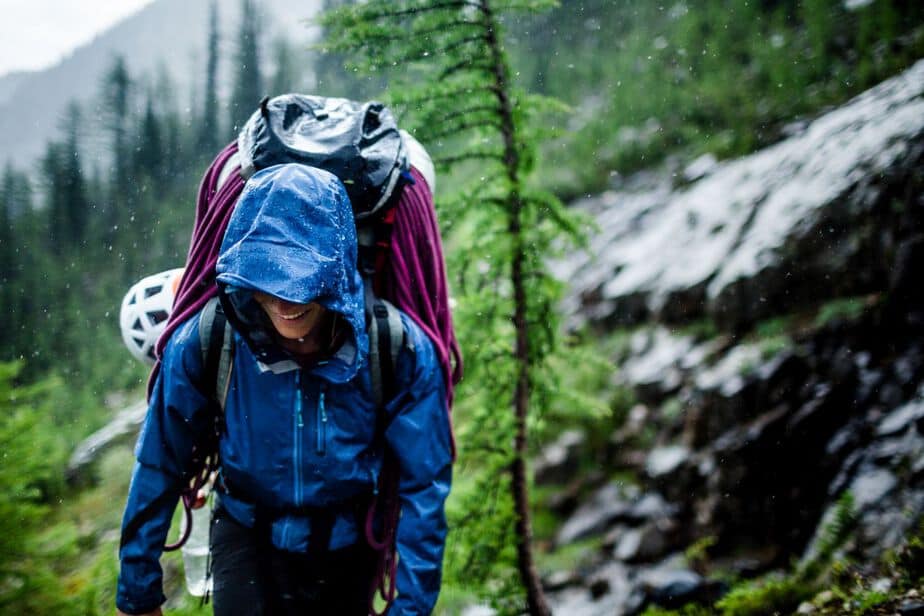
Having the right gear is of utmost importance. Instead of a regular suitcase, opt for a waterproof backpack to carry your essentials when traveling to the mountains during the rainy season.
Water-resistant clothing and non-slip shoes are must-haves for such trips. Additionally, bringing a hairdryer, waterproof luggage bags, and medication for colds and fevers can be very useful.
Avoid wearing damp clothes, especially elaborate outfits, as they can cause discomfort, itching, and skin irritation. If your shoes get wet, use newspaper or paper towels to absorb the moisture, then dry them with a hairdryer or let them air dry in a well-ventilated area.
When carrying electronic devices, ensure they are securely packed in waterproof bags and keep them close at all times. Don’t forget to bring phone chargers, camera equipment, and power banks.
If you plan to camp or hike in the forest, bring a tent, a lighter, instant noodles, or dry food in case you need to stop and spend the night outdoors.
Always have a backup plan
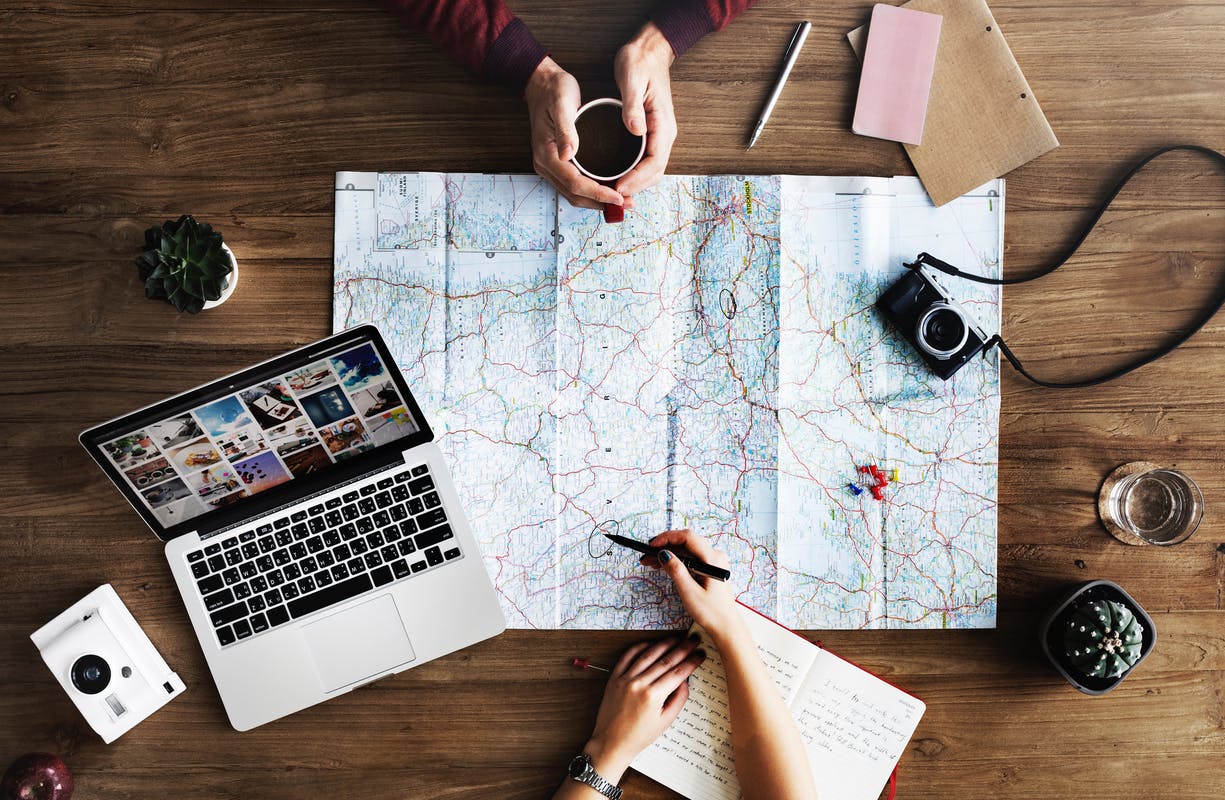
In anticipation of potential delays or changes in your itinerary due to inclement weather, bring a larger sum of cash than initially planned. Alternatively, you can arrange for a wire transfer from family or borrow from travel companions if necessary.
Always have backup plans in case of unforeseen circumstances, especially when traveling to mountainous regions during the rainy season. Sudden downpours may force you to opt for indoor entertainment instead of outdoor activities. Having a plan B ensures that you remain in control of the situation and helps maintain a positive mindset throughout your journey.
Choose suitable activities
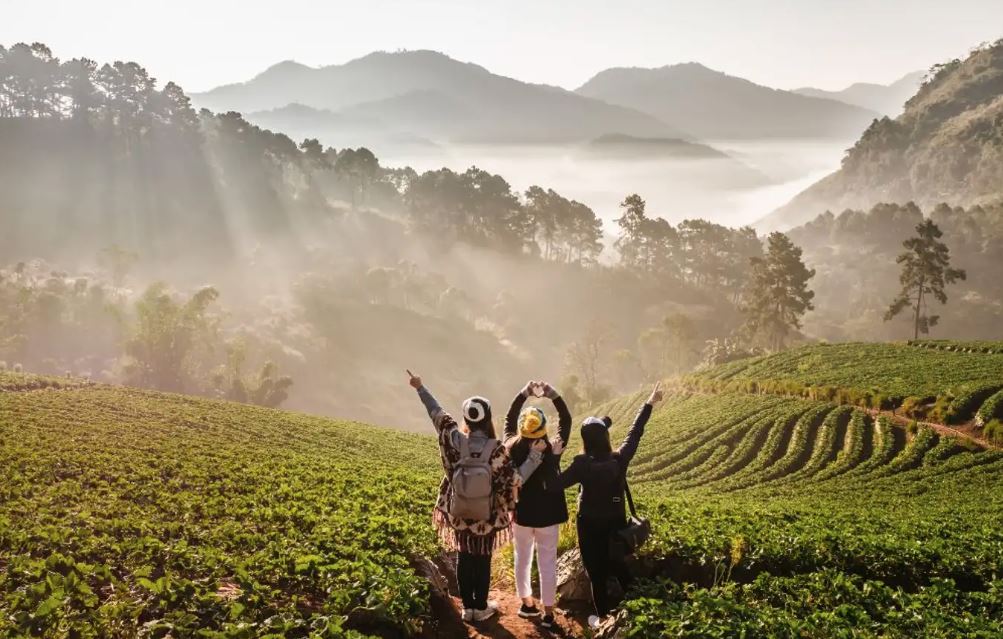
For trips to the mountains during the rainy season, prioritize indoor activities such as visiting museums, cultural and historical sites, over exploring untamed nature. Although adventure seekers crave novelty and a touch of danger, it’s best to exercise caution in areas with steep passes, high mountains, dense forests, and powerful waterfalls, especially when the weather is unfavorable.
You can still enjoy scenic views and engage in outdoor activities in safer areas, ensuring you follow the instructions provided by the management and rescue teams at tourist sites or seeking guidance from local residents.
Maintain good health
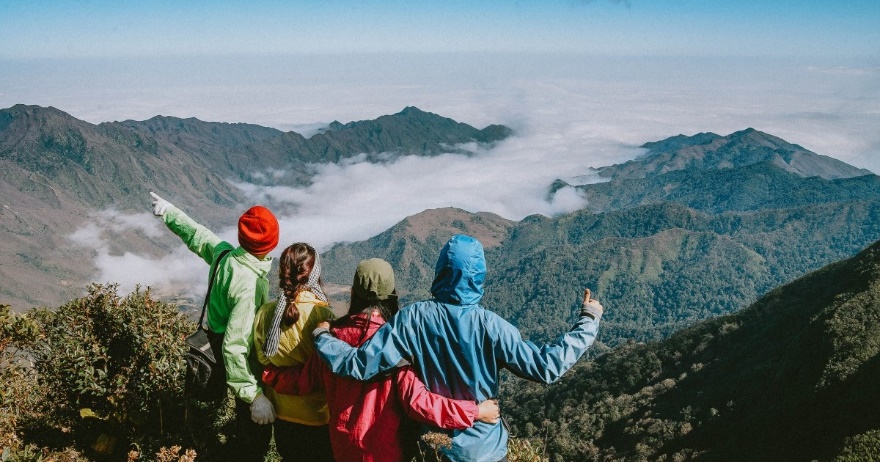
Lastly, maintain good health to fully enjoy your trip. As the rainy season is prone to respiratory and digestive issues, boost your immune system before your journey. Bring essential medications and medical equipment, and remember to keep yourself warm and consume only properly cooked food and boiled water throughout your trip.
Equally important is conserving your energy and getting adequate rest. Regardless of your enthusiasm for exploring winding passes or untouched landscapes, avoid overexerting yourself or walking for extended periods.
The rainy season often makes transportation more challenging and hazardous, so drive slowly and cautiously, avoiding flooded or landslip-prone areas. Opt for public transportation whenever possible, and always abide by traffic rules.
These are the essential considerations for traveling to the mountains during the rainy season. With the right gear, a positive mindset, and a healthy body, you’re all set for an unforgettable adventure! So, pack your bags and let’s go!
The Invasion: Three-striped Ants Infest Multiple Dormitories and Condominiums in Ho Chi Minh City
The three-striped palm squirrel, or ‘three-striped menace’ as it is often dubbed, is an extremely dangerous creature. Its bite inflicts a painful, rapid inflammation and blistering of the skin. In recent times, this squirrel has invaded numerous apartment blocks and dormitories in Ho Chi Minh City, causing widespread fear and concern amongst residents.
The Rainy Season’s Tricky Trio: Tips to Keep the Bites at Bay
The rainy season brings with it a plethora of insects, particularly the notorious three-striped beetle. These insects are attracted to light, especially indoor lighting, and their presence can cause a range of skin issues, from irritating rashes to dangerous blisters. It is important to take precautions to protect yourself from their harmful effects.

























